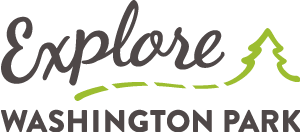Vista Points
Evolution of Caretakers
Washington Park, originally called City Park, has been well-loved by its caretakers past and present. The stewards of the Park and how they approach and influence its care have evolved since the Park’s establishment in 1871.

In the mid-1880s, the City hired Charles M. Meyers as the Park’s first keeper. At the time, the Park covered 41-acres of the current northeastern section of Washington Park – the area closest to the International Rose Test Garden. It included vistas overlooking the city, but the land was widely considered undesirable because it was filled with thick brush, trees, and wildlife.
“…Washington Park now accounts for 410 acres – ten times its original size – and hosts more than three-million visitors a year…”
Meyers was a former seaman and German native. While he did not have formal landscape training, he began to shape the Park based on images and memories of European parks. By 1900, Washington Park donned several roads, trails, and landscaped areas with manicured hedges, lawns, flower gardens, and a zoo.
In 1903, John C. Olmsted of the Olmsted Brothers, a nationally known landscape architecture firm, made additional design recommendations that would further transform the Park. The changes included separating vehicles from pedestrians and creating more naturalistic landscapes.
With its growth and continued improvements, more people have become committed to the care of the Park and its visitors over the years. Afterall, Washington Park now accounts for 410 acres – ten times its original size – and hosts more than three-million visitors a year who explore its many destinations, including the International Rose Test Garden, Portland Japanese Garden, Hoyt Arboretum, World Forestry Center, Oregon Zoo, as well as monuments, miles of trails, and open space.
Washington Park’s caretakers include the cultural institutions that call the Park home, plus City maintenance teams, garden curators, rangers, and non-profit organizations. They all maintain the beauty and integrity of the Park by supporting it in their unique ways.
Park Rangers, for example, serve as goodwill ambassadors. They provide a positive, public safety presence and protection of the Park’s natural and cultural resources.
Explore Washington Park, another example, works to connect people to the culture, diversity, and wonder of nature in Washington Park. The non-profit, established in 2014, helps to improve visitor experience and access to the Park as well as increase awareness of the Park holistically. Its free visitor services include the Washington Park Free Shuttle and off-site parking management, which have provided more than 1.6-million rides.
Explore Washington Park also staffs seasonal visitor service members – at the TriMet Plaza near the zoo and outside the Rose Garden Store – and provides the parkwide free map, which is available in Spanish and English. The money visitors pay to park in the Park stays in the Park to fund the organization, its many services, and efforts, including these Discovery Points for the Park’s 150th anniversary.
Learn more about the history of Washington Park at History of the Park.
Discovery Points
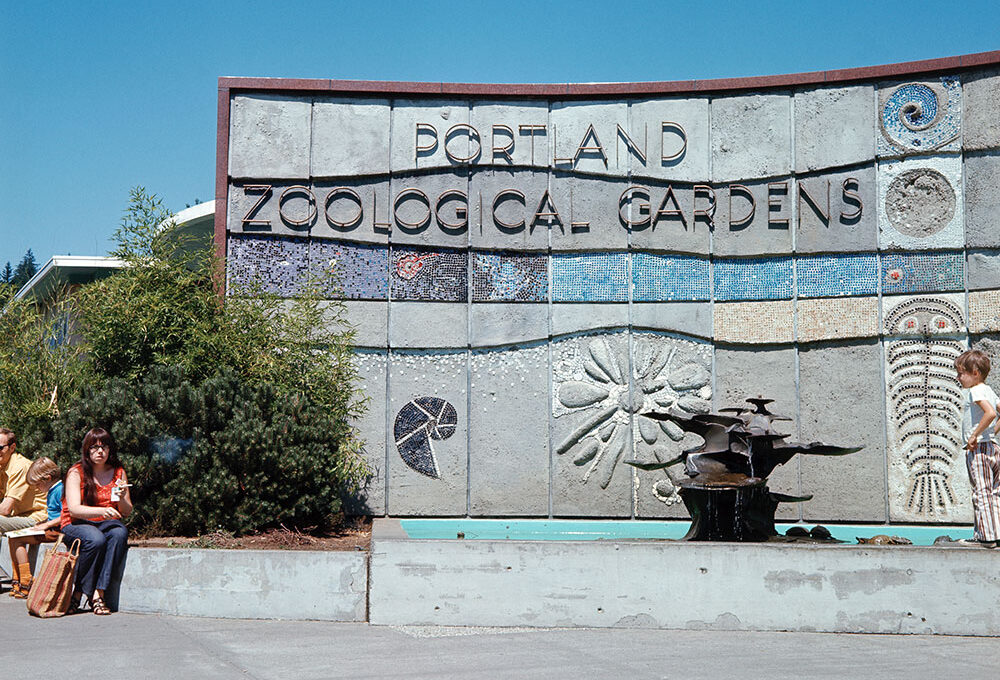
Oregon Zoo
Home to nearly 2,000 animals representing more than 200 species from around the world. From education programs to on-the-ground conservation efforts, the zoo is working to save species regionally and worldwide.

Washington Park MAX Station
In 1998, TriMet built the Washington Park MAX Station, which is the deepest transit station in North America at 260 feet below ground. It’s also the only underground station in the entire MAX system.
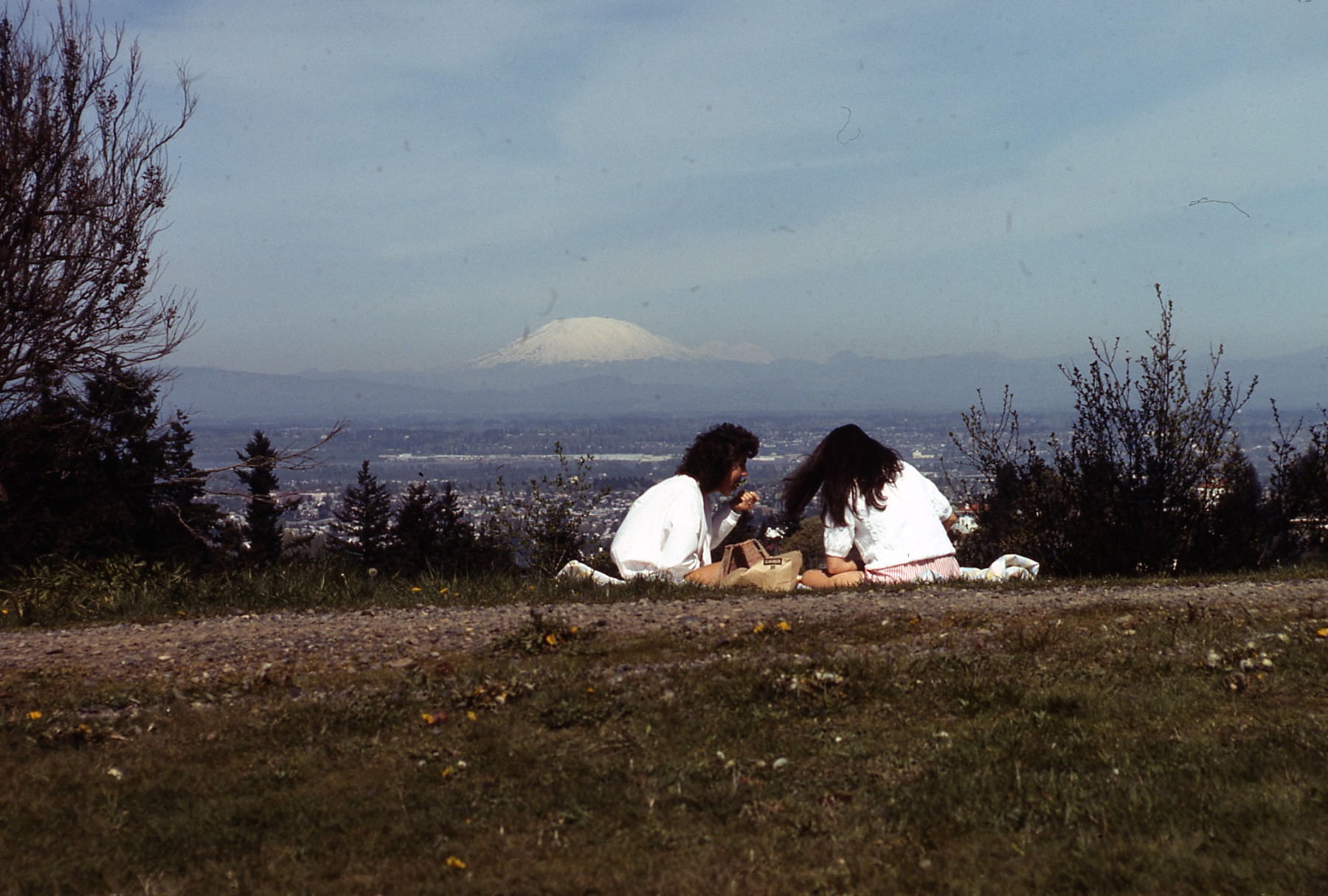
Hoyt Arboretum
Founded in 1928 to conserve endangered species and educate the community, Hoyt Arboretum encompasses 190 ridge-top acres and 12 miles of hiking and biking trails just minutes from downtown Portland.
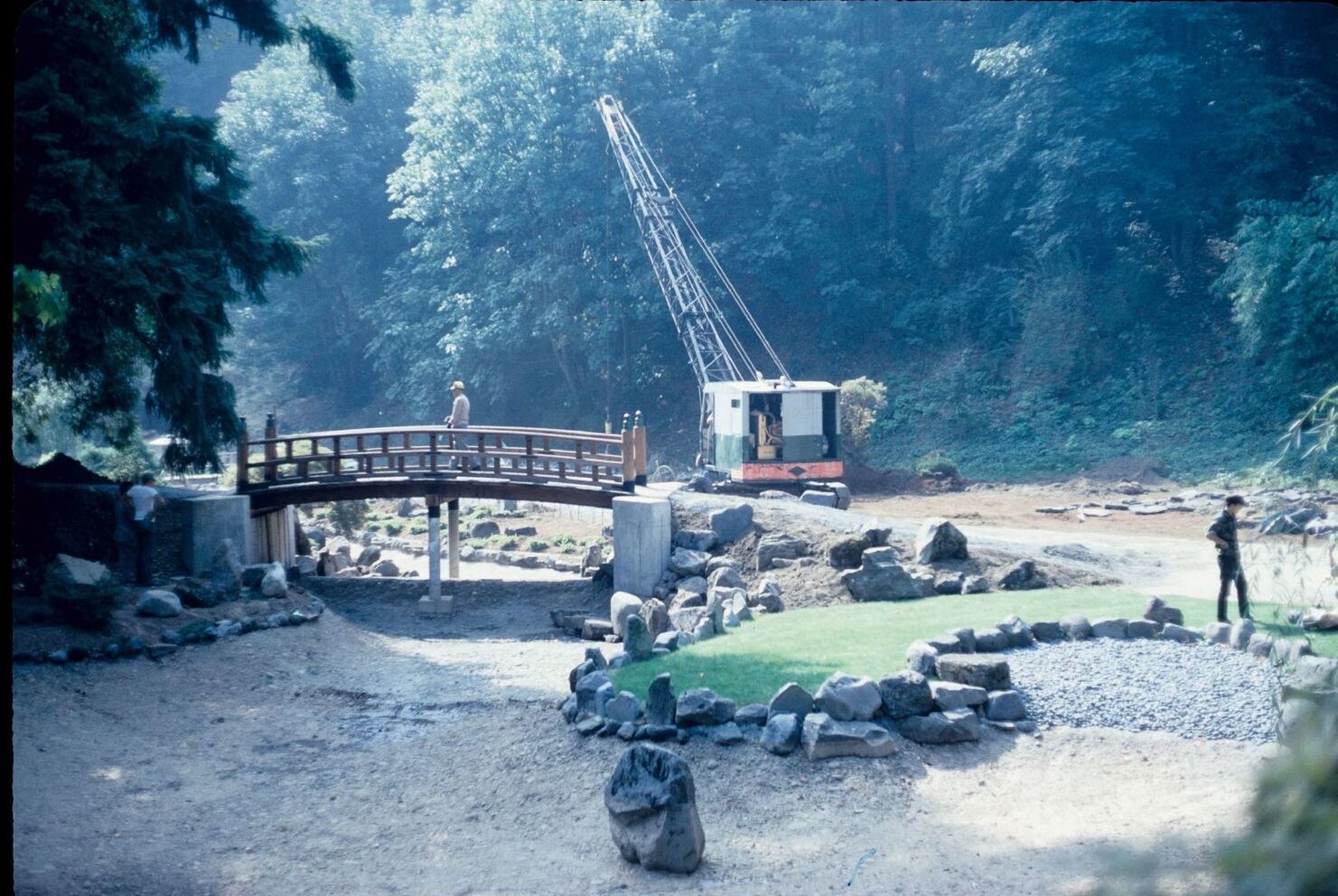
Portland Japanese Garden
The Japanese garden was created in Portland nearly 60 years ago and has become a hallmark of the community today.

World Forestry Center
We think of forests as ancient and unchanging, but in the inland West the forests we see today look nothing like those of 150 years ago.

International Rose Test Garden
The International Rose Test Garden was founded in 1917 and is the oldest continuously operated public rose test garden in the United States.

Historic Stearns Canyon
Established in the 1800s, Washington Park is one of Portland’s oldest parks. The Park’s name, size, and entrances are among its many attributes that have evolved over the years.
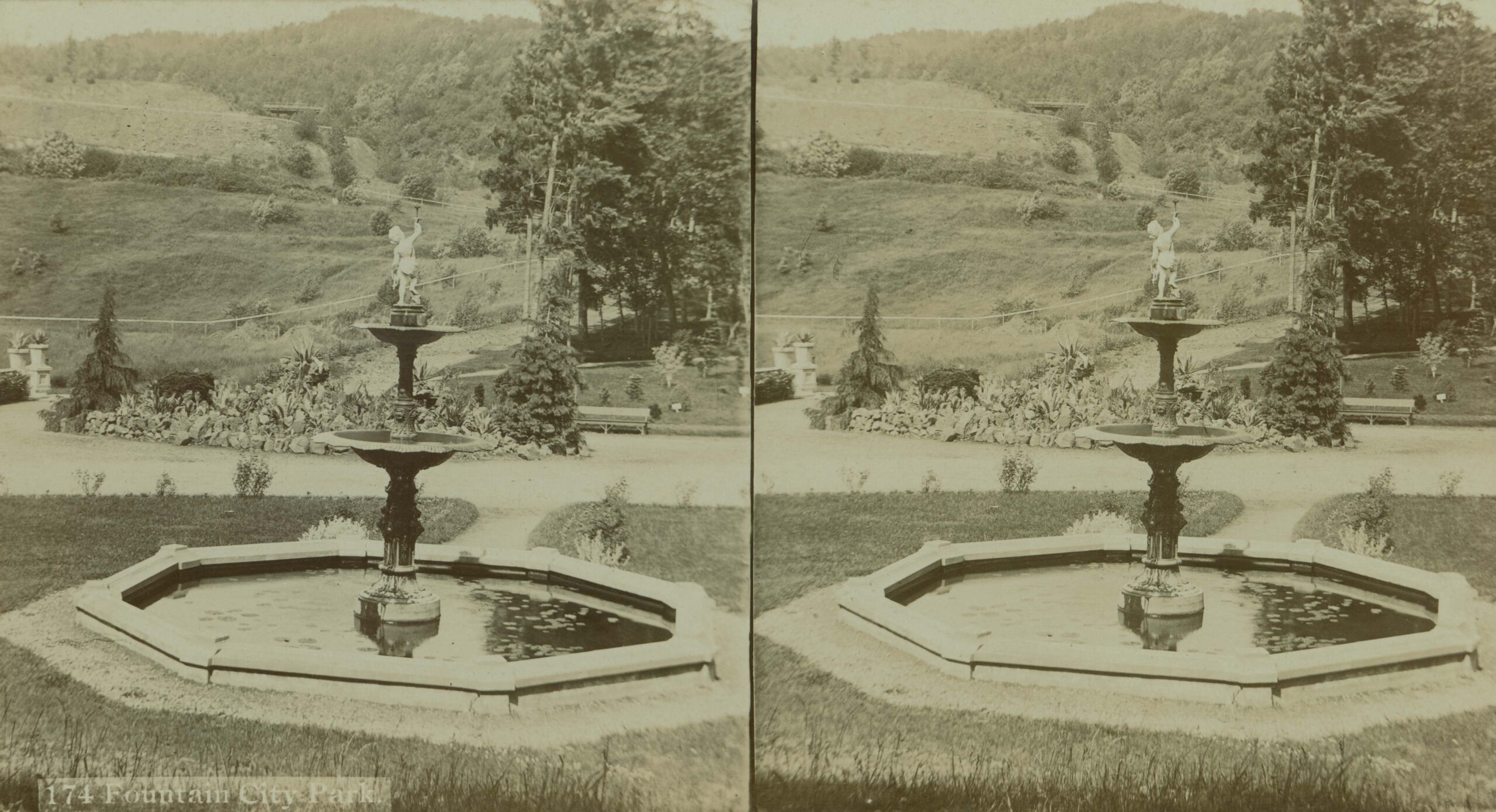
Chiming Fountain
One of Portland’s original pieces of public art is still on display today in Washington Park. The Chiming Fountain is located in what is considered to be Washington Park’s main circle.

Vista Points
Washington Park, originally called City Park, has been well-loved by its caretakers past and present. The stewards of the Park and how they approach and influence its care have evolved.

Dawn Redwood
Hoyt Arboretum has a collection of coast redwoods that are over 150’ tall and were the first trees planted in the arboretum in 1931.

Explore & Connect
Explore over 150 years of Washington Park, originally called City Park, and its many destinations by virtually visiting the featured Discovery Points. Each Discovery Point connects you to history, photos, and community members’ stories.
